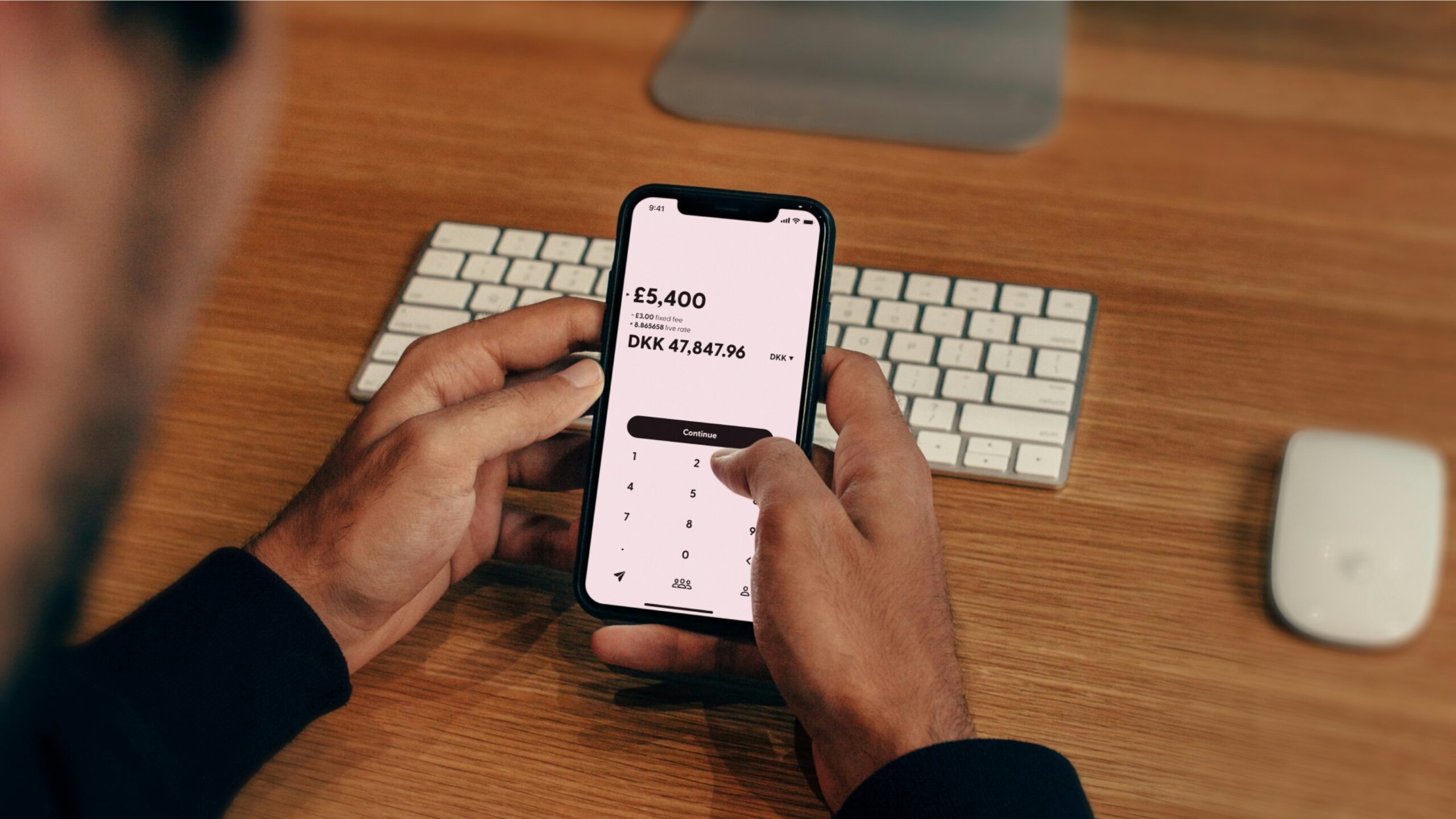Financial literacy is a crucial skill that empowers individuals to make informed decisions about their money. With the rise of technology, personal finance education apps have become increasingly popular in helping people manage their finances effectively. However, for these apps to be truly effective, they need to have user-friendly interfaces and intuitive user experiences (UI/UX).
Understanding the Importance of UI/UX in Personal Finance Education Apps
UI/UX design plays a vital role in the success of any mobile application, including personal finance education apps. Here’s why:
1. Simplifying Complex Financial Concepts
Financial concepts can often be overwhelming and confusing for individuals who are not well-versed in the subject. UI/UX designs can help simplify these concepts by presenting them in a visually appealing and easy-to-understand manner. Through intuitive interfaces, users can navigate through the app effortlessly, making it easier for them to grasp important financial information.
2. Enhancing User Engagement and Retention
A well-designed UI/UX can significantly improve user engagement and retention rates. By creating an app that is visually appealing and user-friendly, individuals are more likely to stay engaged and continue using the app. This, in turn, increases the chances of them developing better financial habits and improving their overall financial well-being.
3. Encouraging Regular Usage
Regular usage is key to the success of any personal finance education app. UI/UX designs that prioritize ease of use and provide a seamless experience can encourage users to interact with the app on a regular basis. By incorporating features such as reminders, notifications, and progress tracking, individuals are more likely to stay motivated and actively participate in their financial education.
Key UI/UX Design Principles for Personal Finance Education Apps
When designing UI/UX for personal finance education apps, it is essential to keep the following principles in mind:
1. Clear and Intuitive Navigation
A well-structured navigation system is crucial for users to easily find the information they need. Implementing clear labels, logical hierarchies, and intuitive icons can help users navigate through the app effortlessly, ensuring a seamless user experience.
2. Visual Hierarchy and Information Organization
Organizing information in a visually appealing and easily digestible manner is essential for personal finance education apps. Utilizing visual hierarchy techniques such as using contrasting colors, font sizes, and spacing can help highlight important information and guide users through the app’s content effectively.
3. Interactive and Engaging Features
Interactive features can greatly enhance user engagement and make the learning process more enjoyable. Incorporating features like quizzes, interactive charts, and progress trackers can motivate users to actively participate in their financial education and track their progress over time.
4. Personalization and Customization
Personalization is key to creating a personalized learning experience. Allowing users to customize their app settings, set financial goals, and receive tailored recommendations can make the app feel more personalized and relevant to their individual needs.
5. Accessibility and Inclusivity
Designing for accessibility ensures that the app is usable by individuals with different abilities. Considering factors such as color contrast, font sizes, and screen reader compatibility can make the app accessible to a wider range of users, promoting inclusivity and ensuring that everyone can benefit from financial education.
Conclusion
UI/UX designs play a crucial role in elevating financial literacy through personal finance education apps. By simplifying complex financial concepts, enhancing user engagement and retention, and encouraging regular usage, well-designed UI/UX can empower individuals to make informed financial decisions and improve their overall financial well-being. Incorporating key design principles such as clear navigation, visual hierarchy, interactive features, personalization, and accessibility can create a seamless user experience that promotes effective financial education.









Leave a Reply